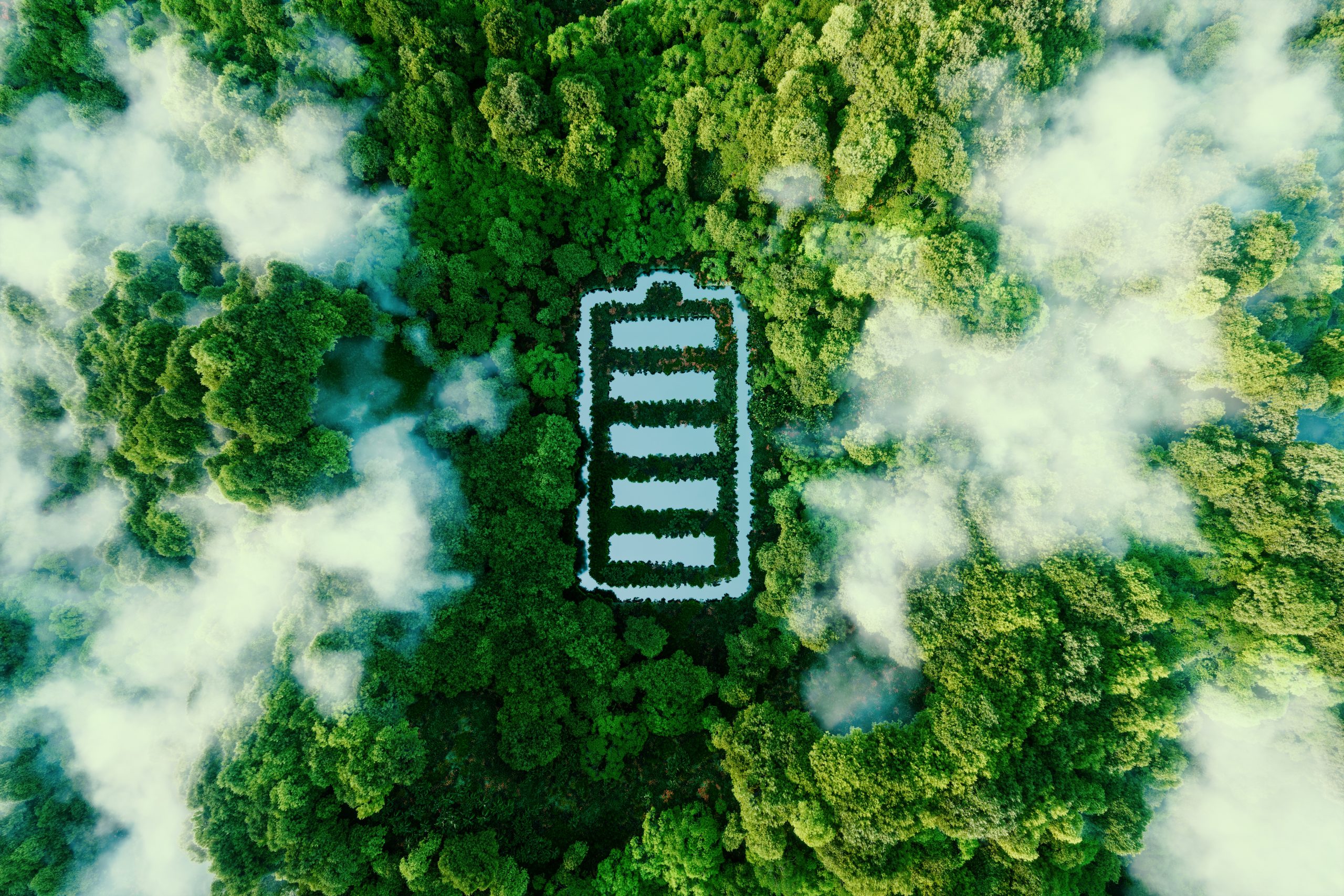



November 17, 2021



November 17, 2021
Original podcast published in Marketplace
This week, we’re headed to the Lawrence Berkeley National Laboratory to answer your questions about lithium-ion batteries.
Throughout the season, listeners have sent in smart questions about how technology will help us adapt. You’ve wanted to know stuff like: What happens to all those spent batteries? Is extraction the only way to get the metals we need to transition off fossil fuels? What about batteries that don’t require lithium at all?
For answers, we visited Lawrence Berkeley National Laboratory, where a couple of scientists are figuring out how to build the better, safer batteries of the future. Kristin Persson and Gerbrand Ceder specialize in materials science, battery technology and energy storage, and are conducting their research on behalf of the Department of Energy.
There’s a reason lithium makes a good battery material, the scientists say. It’s superconductive, it’s lightweight. The price has come way down over the years, which means it’s relatively cheap.
“Lithium truly is king,” Ceder said. “The only problem left with lithium … is safety, and it’s not a giant problem, but it is a problem. And [the other problem is] earth abundance.”
By “earth abundance,” Ceder is talking about how available and easy to extract a given metal is. Lithium is abundant, but it still needs to be dug out of the ground, and as we know from earlier episodes, spinning up a new lithium mine is a controversial affair. Lithium-ion batteries rely on nickel and cobalt — two metals that are rarer than lithium and come with their own complications (cobalt mines in the Congo are known for human rights abuses). Lithium-ion batteries can cause fires that are hard to put out, though it is uncommon.
